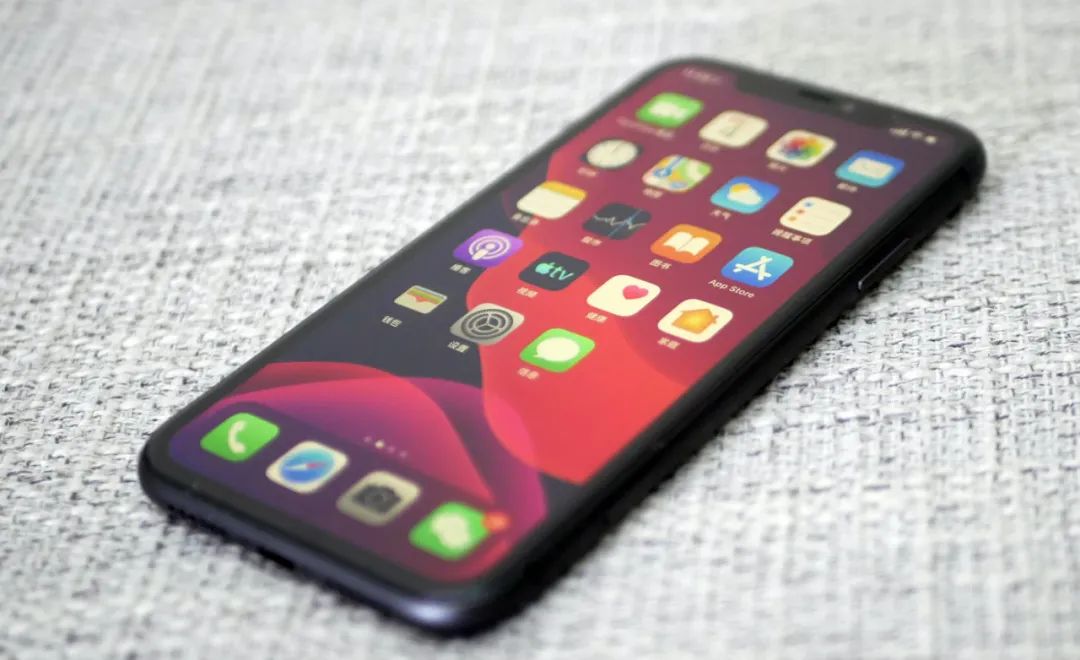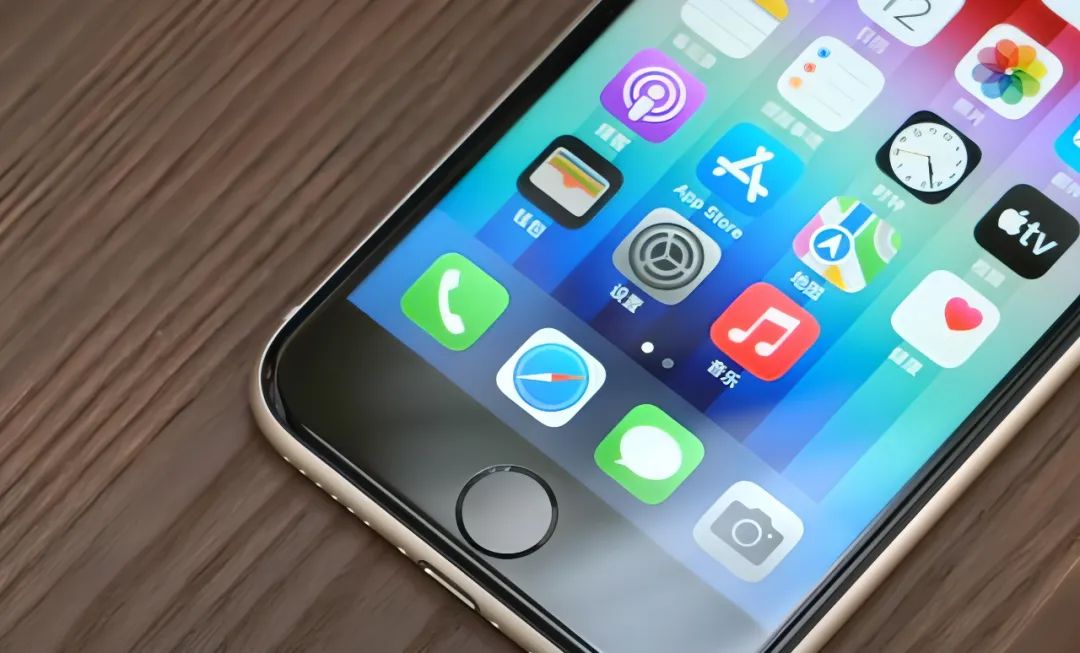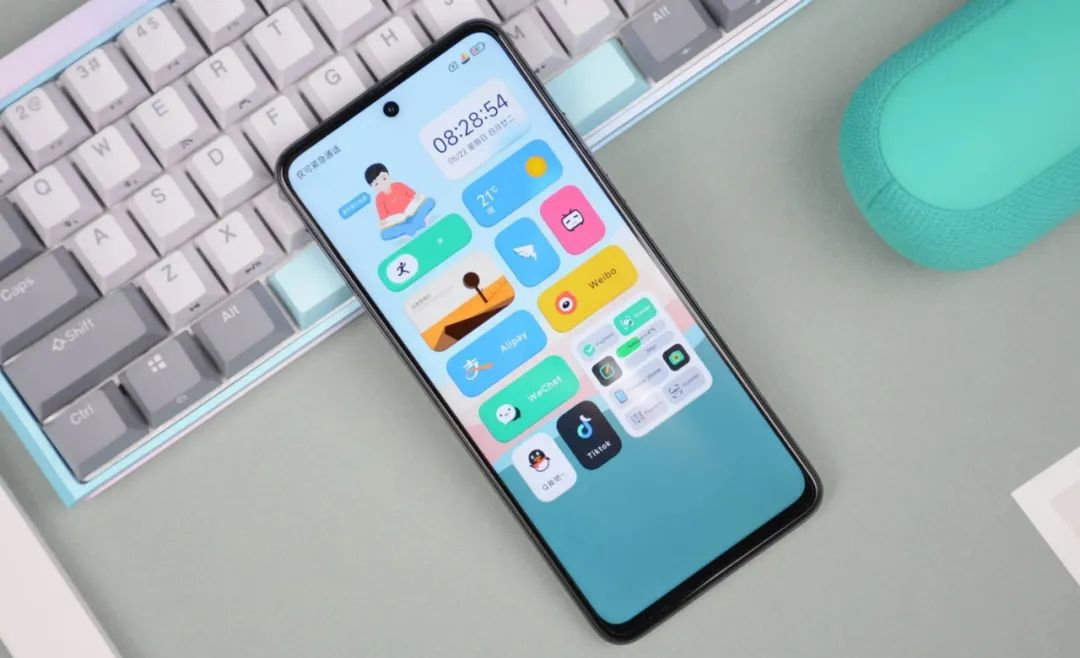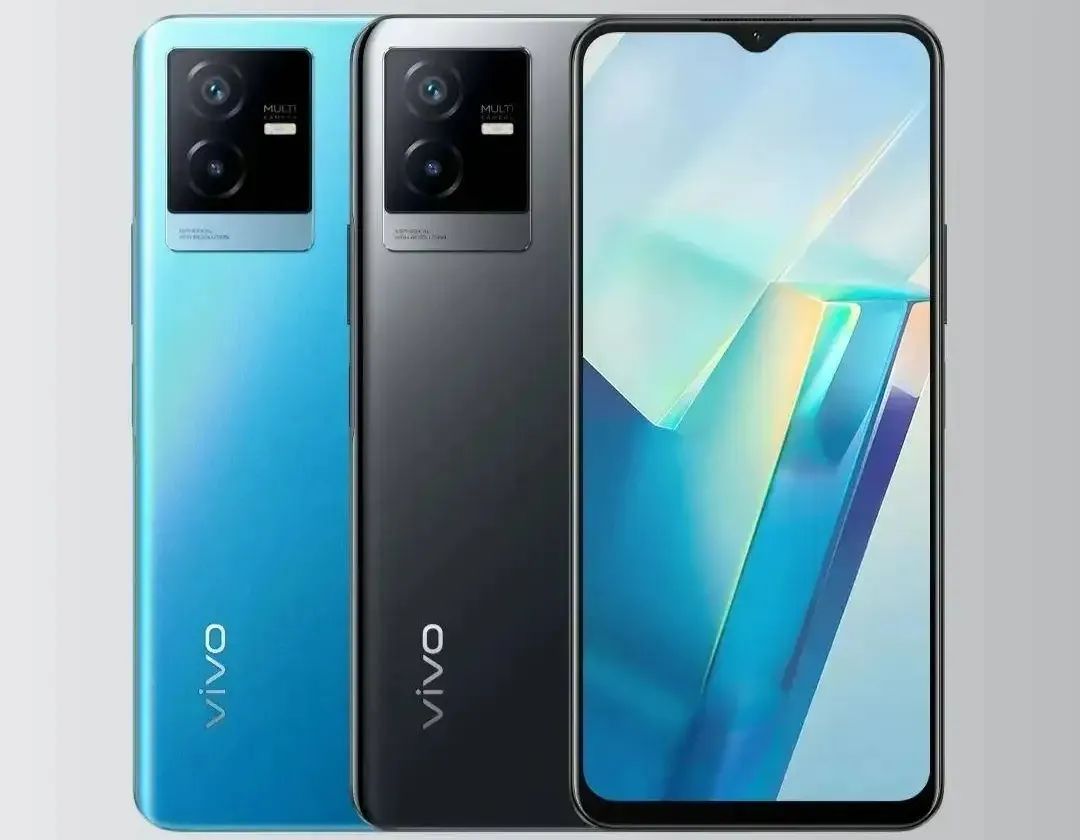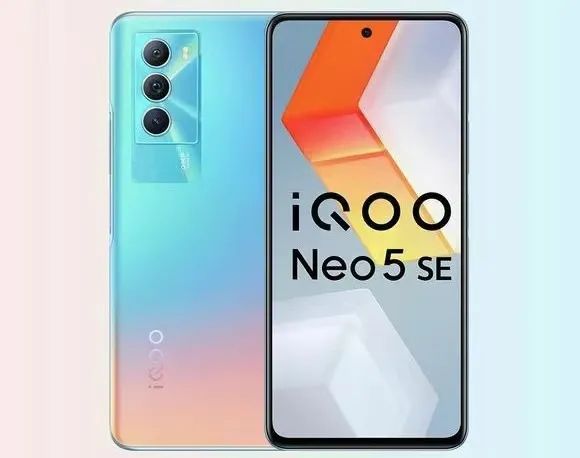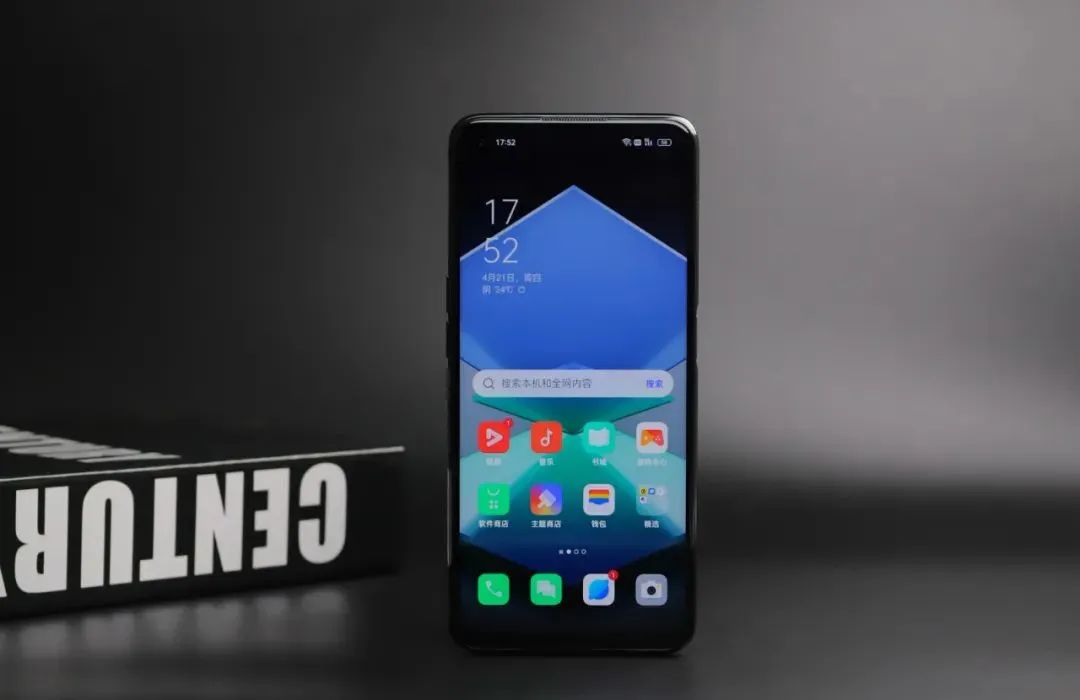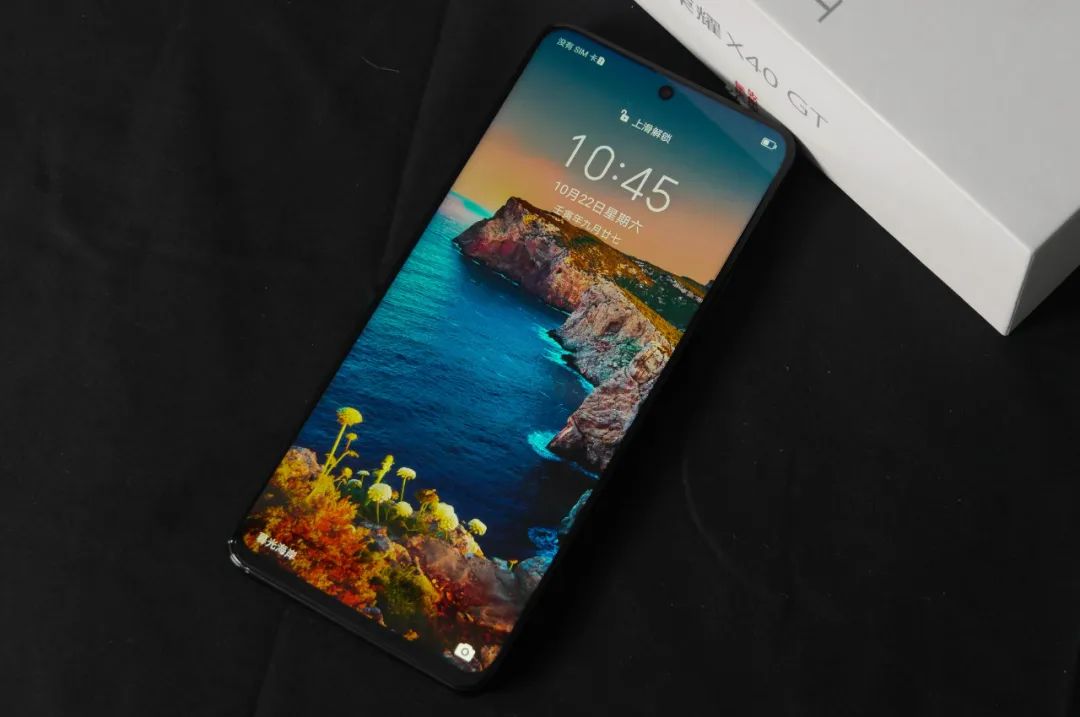Skip to content
Previously, I wrote an article detailing the advantages of OLED screens over LCDs, stating that this is the trend of the future. However, many netizens have expressed in comments and private messages that they prefer LCD screens for two main reasons:
1. LCD screens have a higher resistance to aging compared to OLED, making them more suitable for long-term use.
2. Most LCD screens use full DC dimming, which is better for the eyes compared to OLED.
If you also care about these two advantages, then you should take a good look at this article. The following LCD screen phones are still available for purchase, and their performance is also satisfactory.
It is probably the highest quality LCD screen phone available today. Although its screen does not support high refresh rates, it does not detract from its excellent viewing experience.
The iPhone 11 features a 6.1-inch LCD screen with a PPI of 326. This screen has excellent color accuracy and transparency, and supports True Tone display and very fine automatic brightness adjustment, resulting in a great overall quality.
Besides the great screen, it is powered by the A13 processor, which still performs well today and can allow smooth usage for over three years.
This can be considered a mini phone, with a screen size of only 4.7 inches, making it the smallest model among Android phones.
The iPhone SE3 also features an LCD screen with a PPI of 326, and the viewing experience is quite acceptable. Additionally, the iPhone SE3 has a significant advantage as it is equipped with the A15 processor, which outperforms many current Android flagships.
I am referring to the version with a +, as only this version’s screen has passed the DisplayMate A+ rating. It features a 6.6-inch LCD screen with a resolution of 1080P, supporting 144Hz seven-speed variable refresh rate, offering decent smoothness and viewing experience.
In terms of performance, this phone is powered by the Dimensity 8100 processor, which is sufficient for three to five years of use without noticeable lag.
A slightly lesser-known phone, it features an LCD screen that supports 144Hz seven-speed variable refresh rate, and has Rheinland low blue light certification. However, please note that this is a waterdrop screen.
Besides the LCD screen, its performance is also commendable, powered by the Dimensity 1200 processor, which is stronger than the recently popular Dimensity 1080. Additionally, this phone has a 6000mAh massive battery, making it a long-lasting device.
It has a twin brother called IQOO Neo5 Vitality version, but it is no longer sold officially. However, this IQOO Neo5 SE is still available for purchase. It features a 6.67-inch LCD screen with a resolution of 2400*1080, supporting 144Hz multi-stage intelligent refresh rate, providing a decent viewing experience.
In terms of performance, it is equipped with the Snapdragon 870 processor, ensuring a performance foundation that can last over three years.
This phone is the most cost-effective model in the OPPO lineup, featuring a 6.59-inch LCD screen with a resolution of 2412*1080, supporting 120Hz six-stage adaptive refresh rate, offering a decent viewing experience.
In terms of performance, the OPPO K10 is powered by the Dimensity 8000-MAX processor, which can even outperform the Snapdragon 870, so it can also be used for three to five years without issues.
This is also a good LCD screen phone, equipped with a 6.81-inch LCD screen with a resolution of 2388*1080, supporting 144Hz refresh rate and a 480Hz touch sampling rate, providing excellent responsiveness.
Additionally, the Honor X40 GT is equipped with the Snapdragon 888 processor, along with a premium cooling configuration, effectively controlling heat.
In summary, these are the high-performance LCD screen phones that are still available for purchase in 2022. Although many low-end phones also use LCD screens, their performance is too poor, making them less usable.
With good performance + LCD screens, we have a solid hardware foundation for long-term use, enough to transition us to the day when OLED screens become more eye-friendly.
